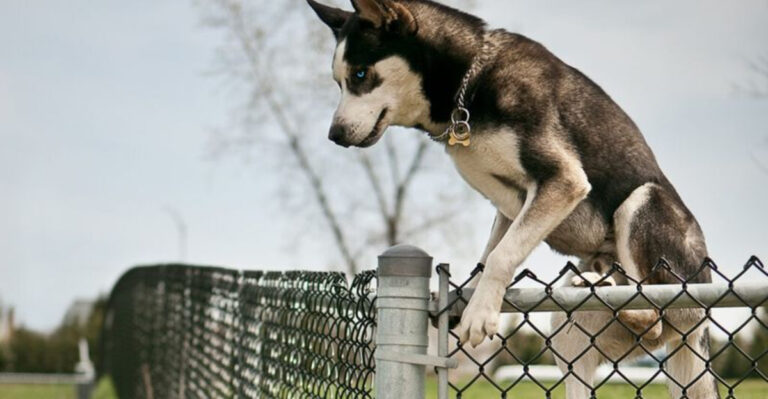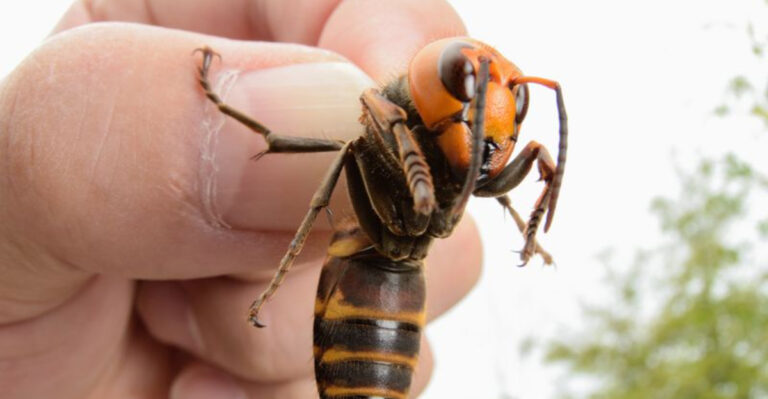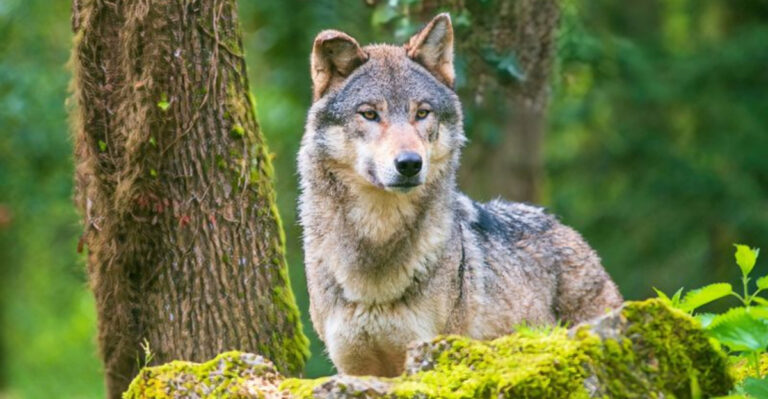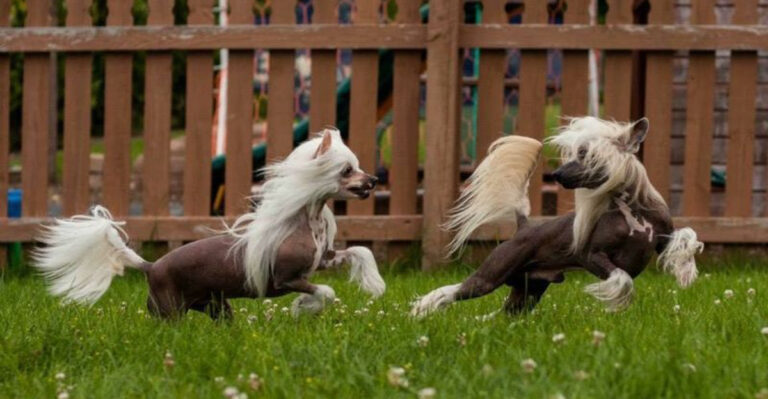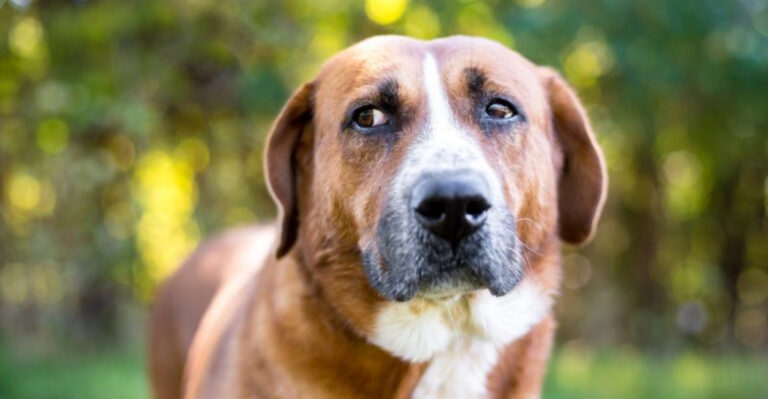17 Large Dog Breeds That Need Firm Leadership To Avoid Trouble
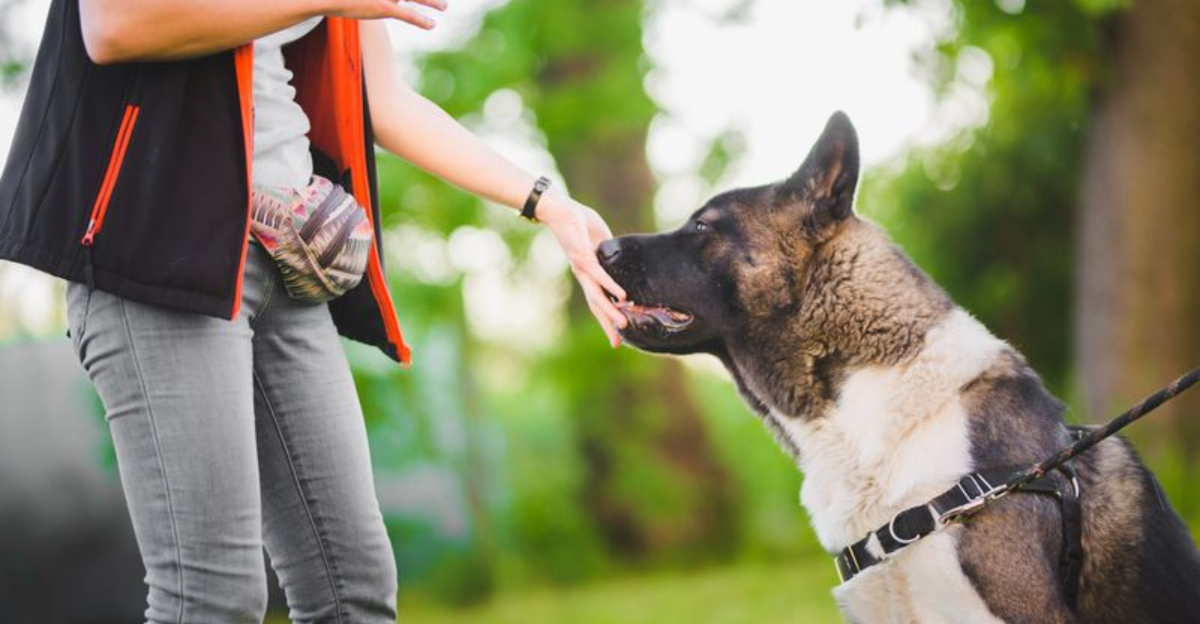
Large dogs bring immense joy to our lives, but their size and strength come with special responsibilities. Many big breeds naturally test boundaries and need clear guidance to become well-behaved family members.
Without proper leadership, these powerful pups can develop behavioral issues that make life challenging for everyone.
1. Rottweiler
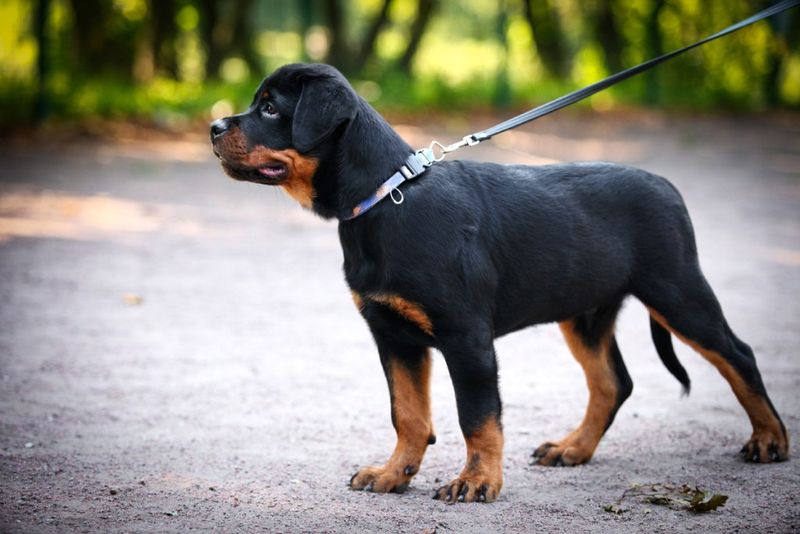
Built like furry tanks, Rottweilers need an owner who commands respect without resorting to harshness. Their protective instincts run deep, requiring consistent boundaries from day one.
Daily training sessions keep their minds engaged and prevent them from appointing themselves as family decision-makers. When properly led, Rotties transform into devoted guardians who know exactly when protection is needed.
2. German Shepherd
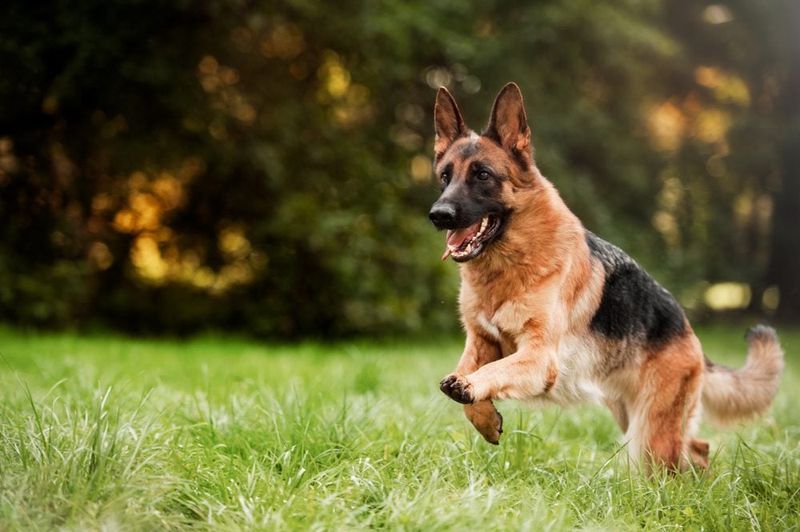
Mental stimulation is non-negotiable for German Shepherds. These brainy powerhouses need jobs to prevent them from creating their own (often destructive) entertainment.
Establishing yourself as pack leader prevents them from making independent—and sometimes problematic—decisions. Regular training exercises that challenge their problem-solving abilities help channel their intelligence constructively rather than letting it run wild.
3. Labrador Retriever
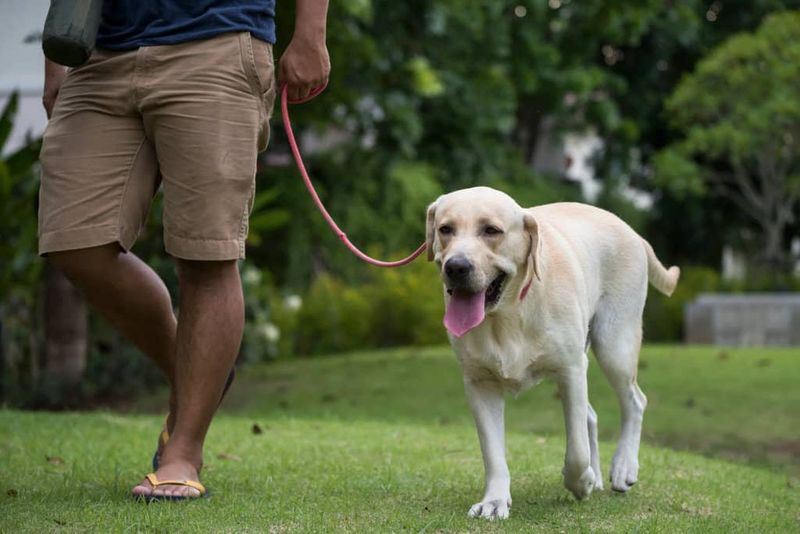
Don’t let those sweet eyes fool you! Labs pack serious muscle beneath their cheerful exterior. Without leadership, their enthusiasm turns into bowling over children and elderly relatives.
Structured play sessions help burn their boundless energy constructively. Teaching impulse control early prevents the classic Labrador problems of counter-surfing, door-dashing, and pulling like freight trains on leashes.
4. Doberman Pinscher
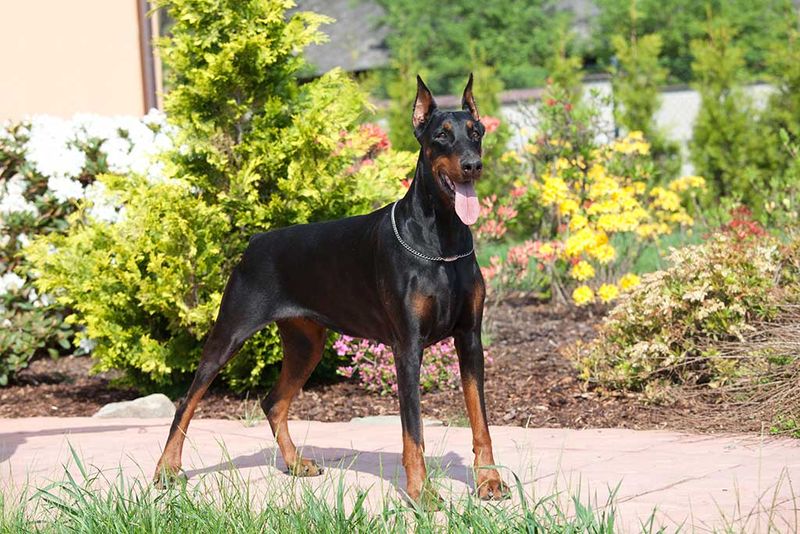
Sleek and athletic, Dobermans bond intensely with their families. Their natural protective instincts need careful direction to prevent overprotectiveness that can spiral into aggression.
Early socialization teaches them to distinguish between genuine threats and normal visitors. Firm leadership channels their legendary loyalty appropriately, creating a guardian who protects without unnecessary intensity.
5. Saint Bernard
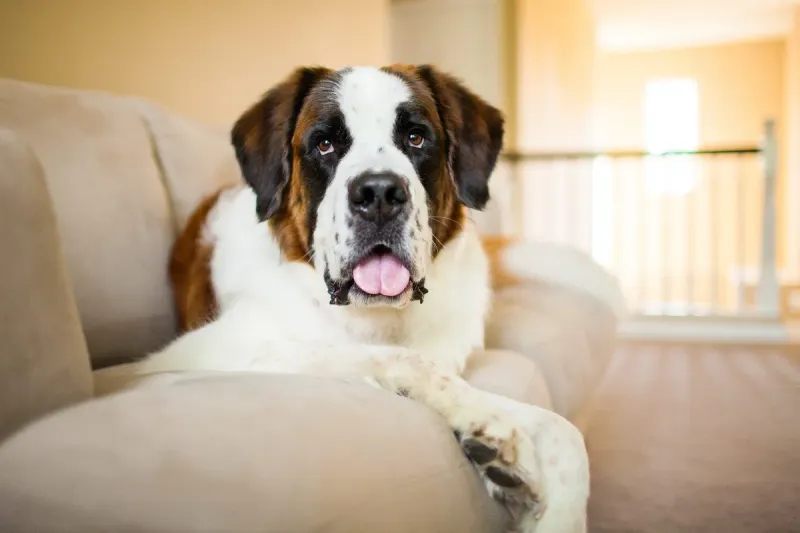
Weighing up to 180 pounds, Saint Bernards don’t need aggression to cause problems—their sheer mass is enough! Teaching them not to lean on people or furniture prevents accidental injuries.
Despite their easygoing temperament, they require consistent rules about personal space. Proper leadership ensures they don’t become “bulldozers of love” who accidentally flatten smaller family members with their affectionate enthusiasm.
6. Mastiff
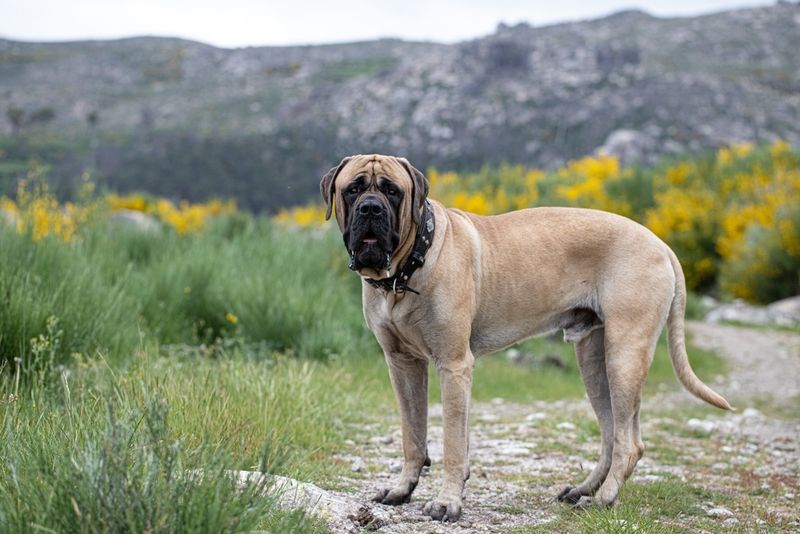
One of history’s oldest giant breeds, Mastiffs possess an independent streak beneath their calm exterior. Their protective nature requires an owner confident enough to make security decisions for the family.
Early boundary-setting prevents these 200+ pound dogs from becoming territorial furniture guardians. Despite their imposing appearance, properly trained Mastiffs learn remarkable self-control around even the smallest family members.
7. Great Dane
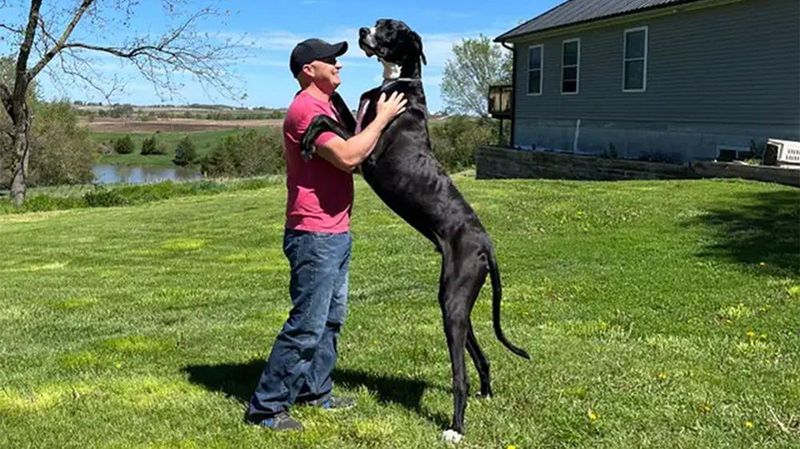
Standing nearly three feet tall at the shoulder, Great Danes command attention everywhere they go. Their surprising sensitivity means harsh corrections backfire spectacularly.
Consistent leadership prevents them from developing anxiety-based behavioral issues. Clear rules about furniture privileges are essential—unless you’re prepared to surrender your entire couch to a dog who genuinely believes he’s a lap-sized companion!
8. Bullmastiff

Originally bred to track and hold poachers without mauling them, Bullmastiffs possess remarkable restraint when properly trained. Their natural suspicion of strangers requires early socialization to prevent overprotectiveness.
Consistent leadership teaches them that you’ll handle threat assessment. Without guidance, their independent decision-making can lead to inappropriate guarding behaviors that make having visitors a stressful experience.
9. Newfoundland
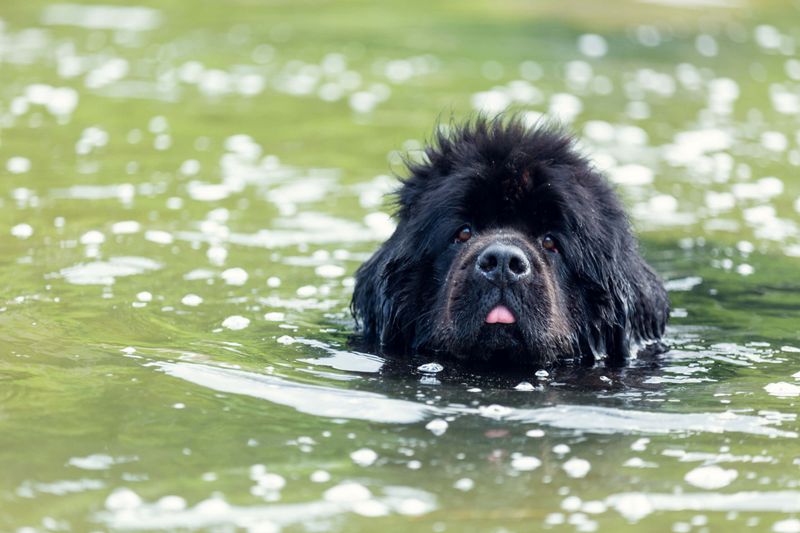
Famous for water rescues, Newfoundlands have powerful swimming abilities matched only by their stubborn streaks. Their natural protectiveness of children needs proper channeling to prevent overprotective behaviors.
Firm leadership prevents them from appointing themselves as unauthorized babysitters. Without guidance, their tendency to “rescue” swimming children can lead to well-intentioned but frightening water incidents during family pool time.
10. Alaskan Malamute
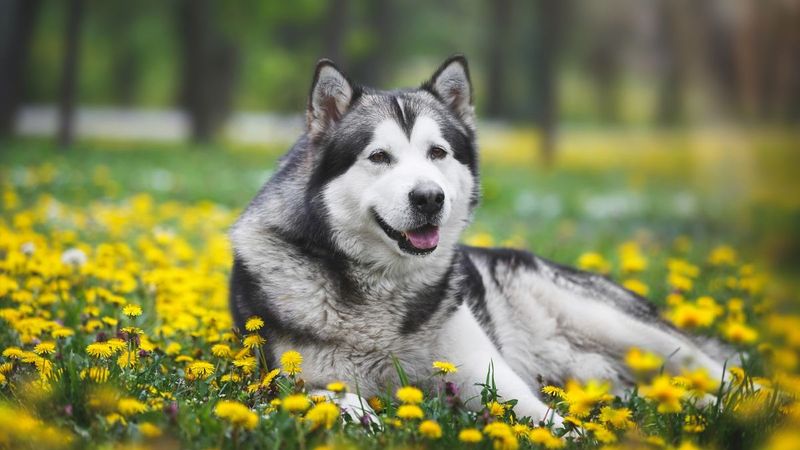
Bred to haul heavy loads across frozen landscapes, Malamutes approach training negotiations with a “what’s in it for me?” attitude. Their independent problem-solving abilities can create impressive escapes from supposedly secure yards.
Strong leadership prevents them from deciding house rules are merely suggestions. Their pack-oriented nature means they’ll constantly test for weakness in your resolve, requiring owners who remain consistently firm without resorting to harshness.
11. Siberian Husky
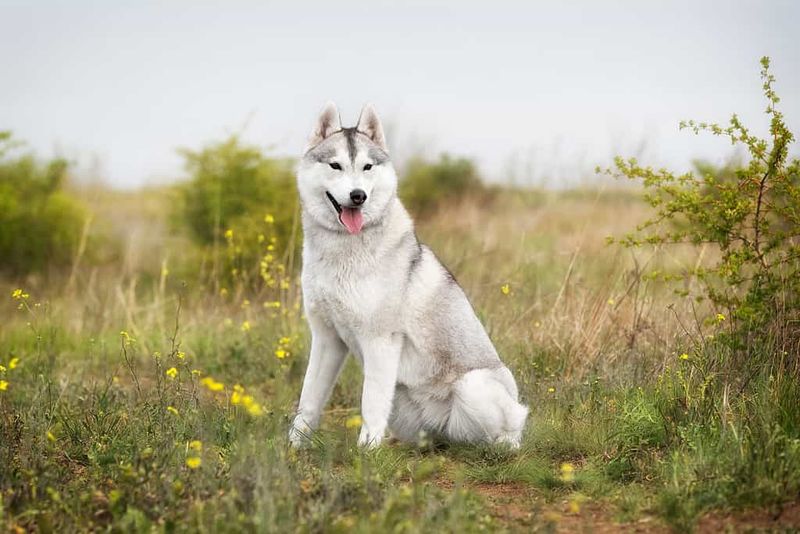
Huskies combine intelligence with an independent streak that would make teenagers jealous. Their notorious escape abilities mean secure fencing is just the beginning of containment solutions.
Without leadership, their problem-solving gets channeled into creative destruction. Firm guidance redirects their intelligence into appropriate activities, preventing the infamous “husky destruction derby” that happens when boredom strikes these energetic northern dogs.
12. Akita
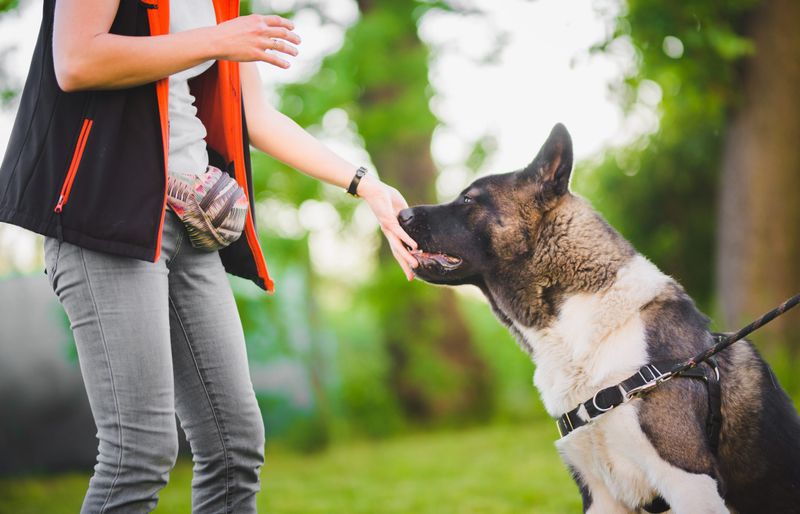
Historically serving Japanese nobility, Akitas carry themselves with a regal bearing that borders on stubborn. Their natural aloofness with strangers can develop into suspicion without proper socialization.
Strong leadership prevents resource guarding tendencies from becoming problematic. Their powerful prey drive requires consistent training to ensure smaller animals remain safe in their presence, especially since their hunting instincts activate with little warning.
13. Boxer
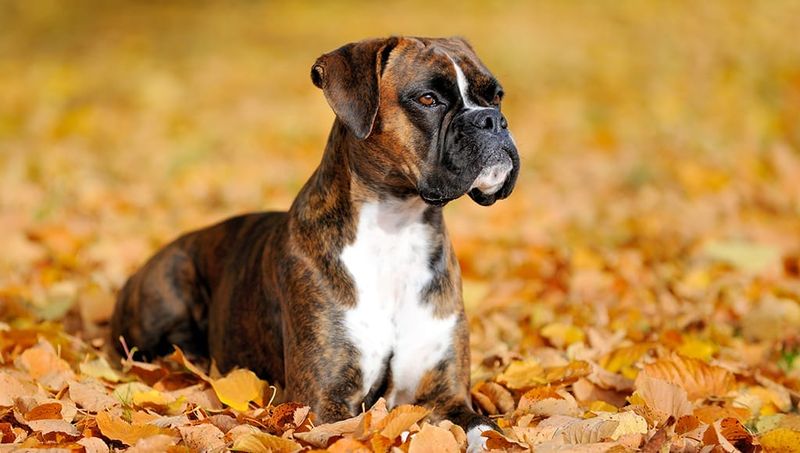
Don’t be fooled by their goofy grins—Boxers pack serious athletic ability into their muscular frames. Their playful nature persists well into adulthood, requiring consistent reminders about appropriate play intensity.
Firm leadership channels their exuberance into structured activities. Without guidance, their boisterous play-boxing and jumping can overwhelm visitors and family members, turning their natural enthusiasm into a liability rather than the charming quality it should be.
14. Irish Wolfhound
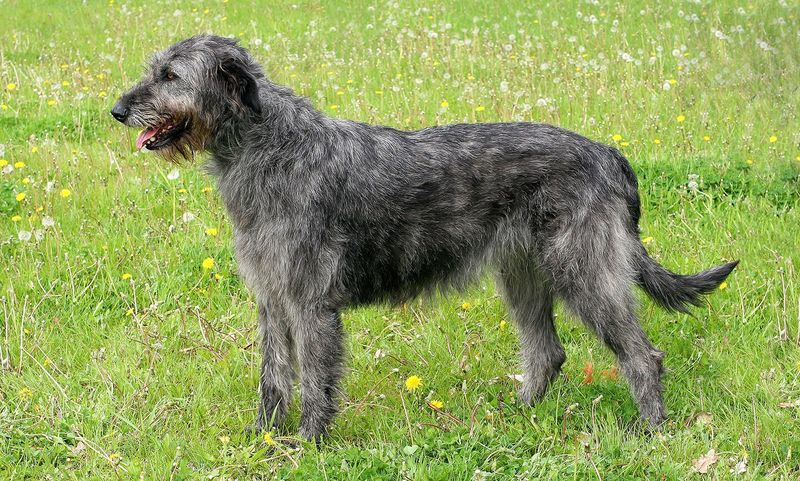
As the tallest dog breed, Irish Wolfhounds can easily reach countertops without stretching. Their size creates unique training challenges—even gentle leaning can topple children or elderly adults.
Leadership means teaching spatial awareness to dogs who don’t realize their own dimensions. Despite their calm adult temperament, early training prevents them from developing bad habits that become unmanageable once they reach their full 150+ pound size.
15. Bernese Mountain Dog
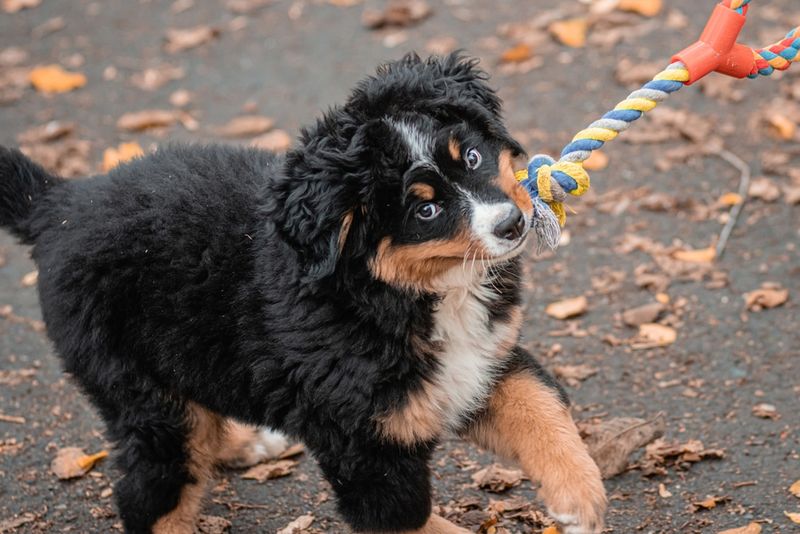
Berners combine impressive strength with sensitivity that makes them surprisingly vulnerable to harsh corrections. Their people-pleasing nature can transform into anxiety without clear leadership.
Consistent training prevents them from becoming overly dependent shadows. Their working heritage means they need jobs to feel fulfilled, whether pulling carts or carrying backpacks during hikes—idle Berners often develop destructive habits from frustration.
16. Great Pyrenees
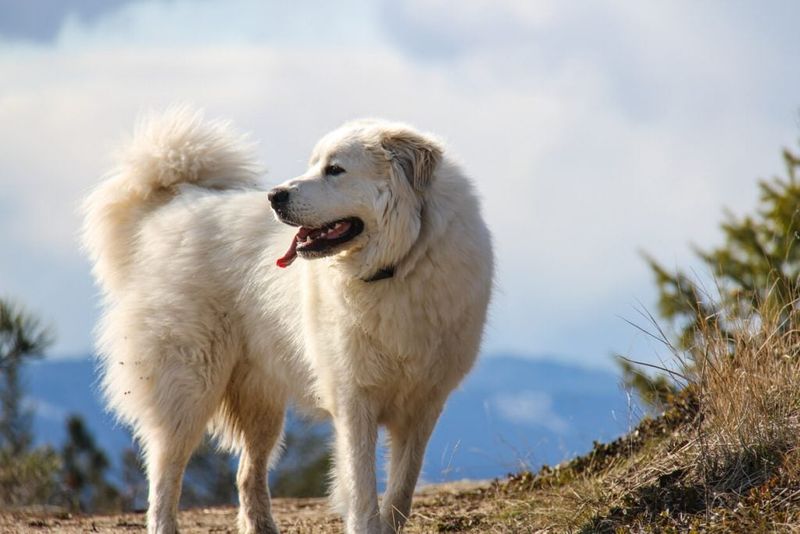
Centuries of making independent livestock protection decisions make Pyrenees notoriously stubborn. Their nocturnal barking—a natural warning system—requires firm guidance to prevent neighborhood noise complaints.
Leadership means respecting their guardian instincts while establishing clear boundaries. Without direction, they’ll appoint themselves as property managers with an expansive definition of “their” territory, often ignoring fences to patrol areas they’ve unilaterally decided to protect.
17. Tibetan Mastiff
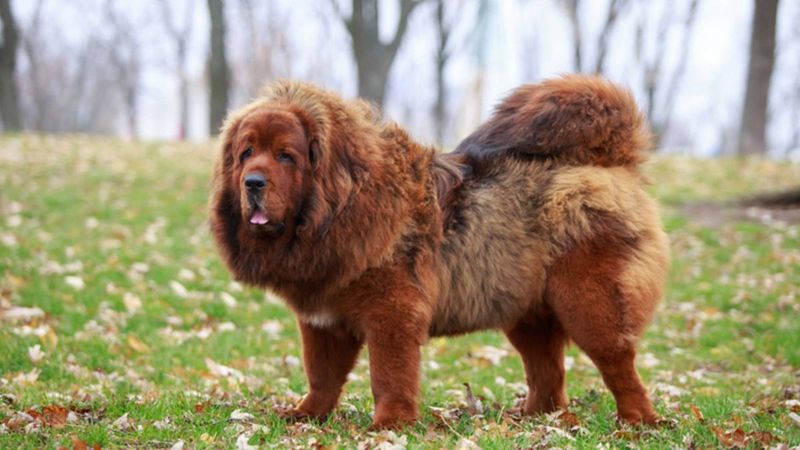
Historically guarding Tibetan monasteries, these massive dogs maintain an aloof independence that challenges even experienced owners. Their territorial nature requires extensive socialization to prevent aggressive responses to visitors.
Leadership establishes that you—not them—decide who’s welcome. Their nocturnal nature and deep, intimidating bark mean consistent training is necessary to prevent them from appointing themselves as nighttime security that keeps the entire neighborhood awake.

